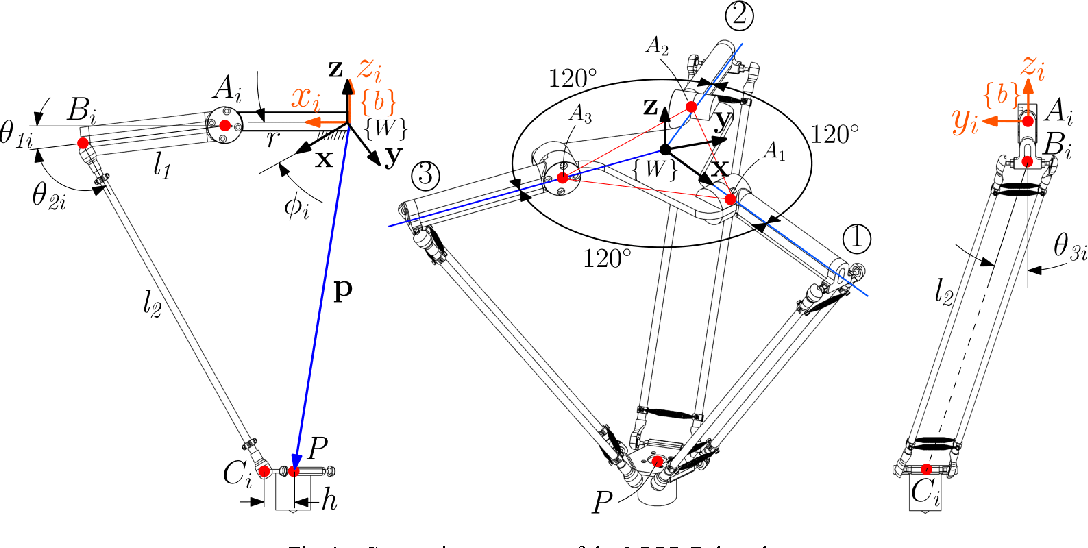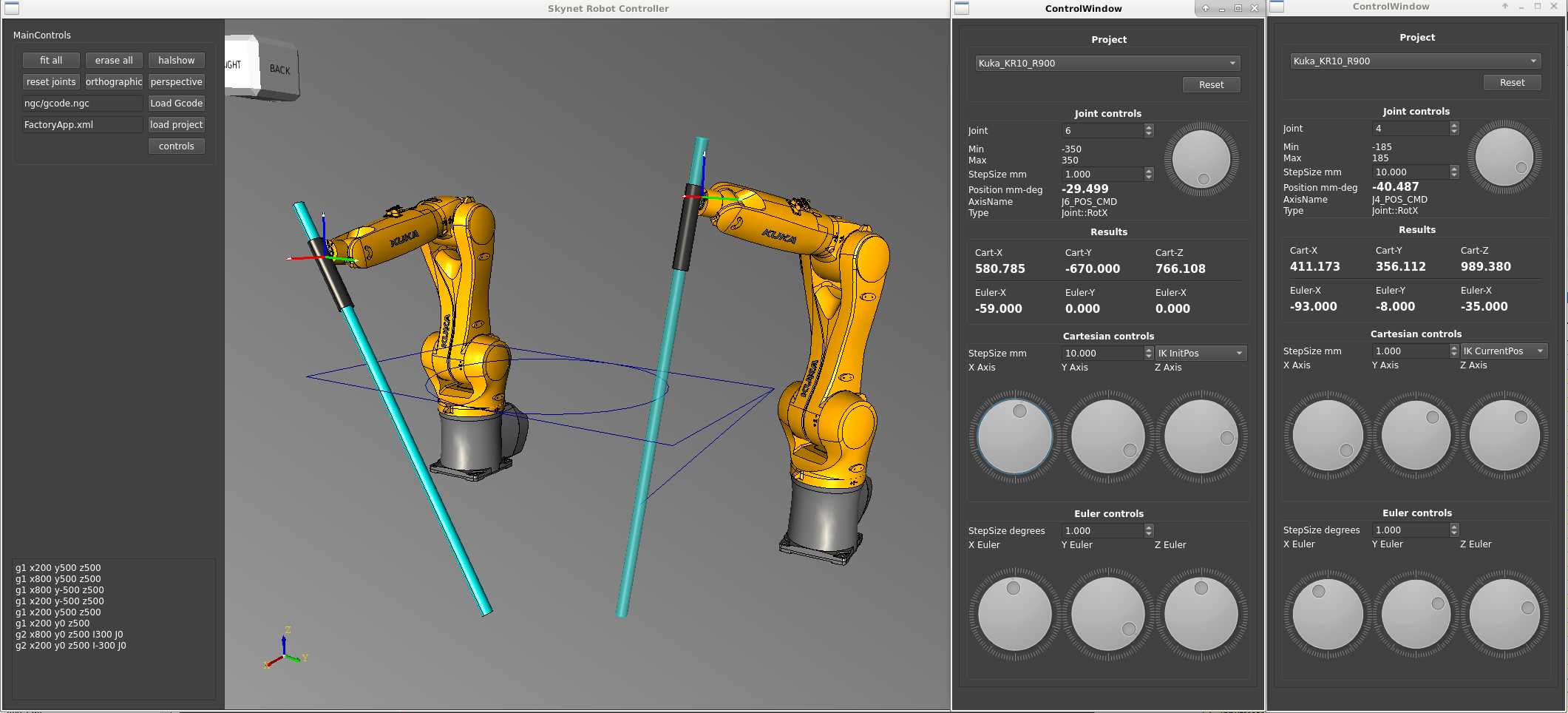

It is usually complex due to non-linearity and lack of unique solutions and closed-form direct expression for the inverse kinematics mapping. The inverse kinematics problem for a robotic manipulator involves obtaining the required manipulator joint values for a given desired end-point position and orientation. This set of equations is usually generated by using the well-known method of the Denavit-Hartenberg (D-H) parameters. The forward kinematics is a set of equations that calculates the position and orientation of the end-effector in terms of given joint angles. The representation of the robot’s end-effecter position and orientation through the geometry of the robot (joint and link parameters) is called forward Kinematics. Kinematics is the study of motion without regard to the forces that create it. The end effecter can be programmed to follow a planned trajectory, provided that the relationships between joint variables and position and the orientation of the end-effecter are formulated. It would be desirable to control both the position and orientation of the end-effecter, located at the tip of the manipulator, in its three-dimensional workspace. There are typically two types of joints revolute joint and prismatic joint.

A robotic manipulator arm consists of a chain of links interconnected by joints.


 0 kommentar(er)
0 kommentar(er)
